| Volume 2011, Issue 5 | November 23, 2011 |
|

International Congress for Conservation Biology:
December 6-9
|
|
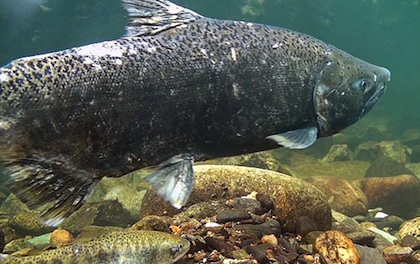
Photo by FISHBIO |
Key Highlights
October 31 - November 13, 2011
Stanislaus River Weir Monitoring began on November 8. A total of 203 Chinook salmon have been observed passing upstream of the weir.
Tuolumne River Weir Monitoring continued during the reporting period. A total of 764 Chinook salmon passed upstream through the weir between October 31 and November 13, increasing the season total to 1,884.
Mokelumne River Woodbridge Dam Fish Ladder Monitoring continued during the reporting period and a total of 3,910 Chinook passed upstream of the dam between October 17 and October 30, increasing the season total to 16,668.
San Joaquin Basin Escapement Surveys. Annual carcass surveys conducted by California Department of Fish and Game (CDFG) continued through the week of November 7.
Calaveras River Juvenile Migration Monitoring continued at Shelton Road (RM 28) during the reporting period. A total of 7 O. mykiss were captured increasing the season total to 15.
Stanislaus River Juvenile Migration Monitoring continued at Oakdale (RM 40) during the reporting period, and 3 Chinook salmon (>150 mm) were captured.
San Joaquin River Conditions. San Joaquin River flow at Vernalis decreased from 4,379 cfs to 2,066 cfs. Water temperature in the San Joaquin River decreased from 57.9°F to 53.4°F at Vernalis, and from 59.0°F to 54.2°F at Mossdale. Average daily dissolved oxygen (DO) in the San Joaquin River ranged from 8.2 mg/L to 9.8 mg/L at Mossdale, and from 8.6 mg/L to 9.1 mg/L at Rough 'n Ready.
Delta Exports. Combined total exports (state and federal pumps) fluctuated during the reporting period, ranging from 7,840 cfs to 10,765 cfs.
|
|
2011 Stanislaus River Weir Adult Migration Monitoring
Between November 8 and November 13 the Vaki Riverwatcher detected a total of 203 fall-run Chinook salmon as they passed upstream of the Stanislaus River weir 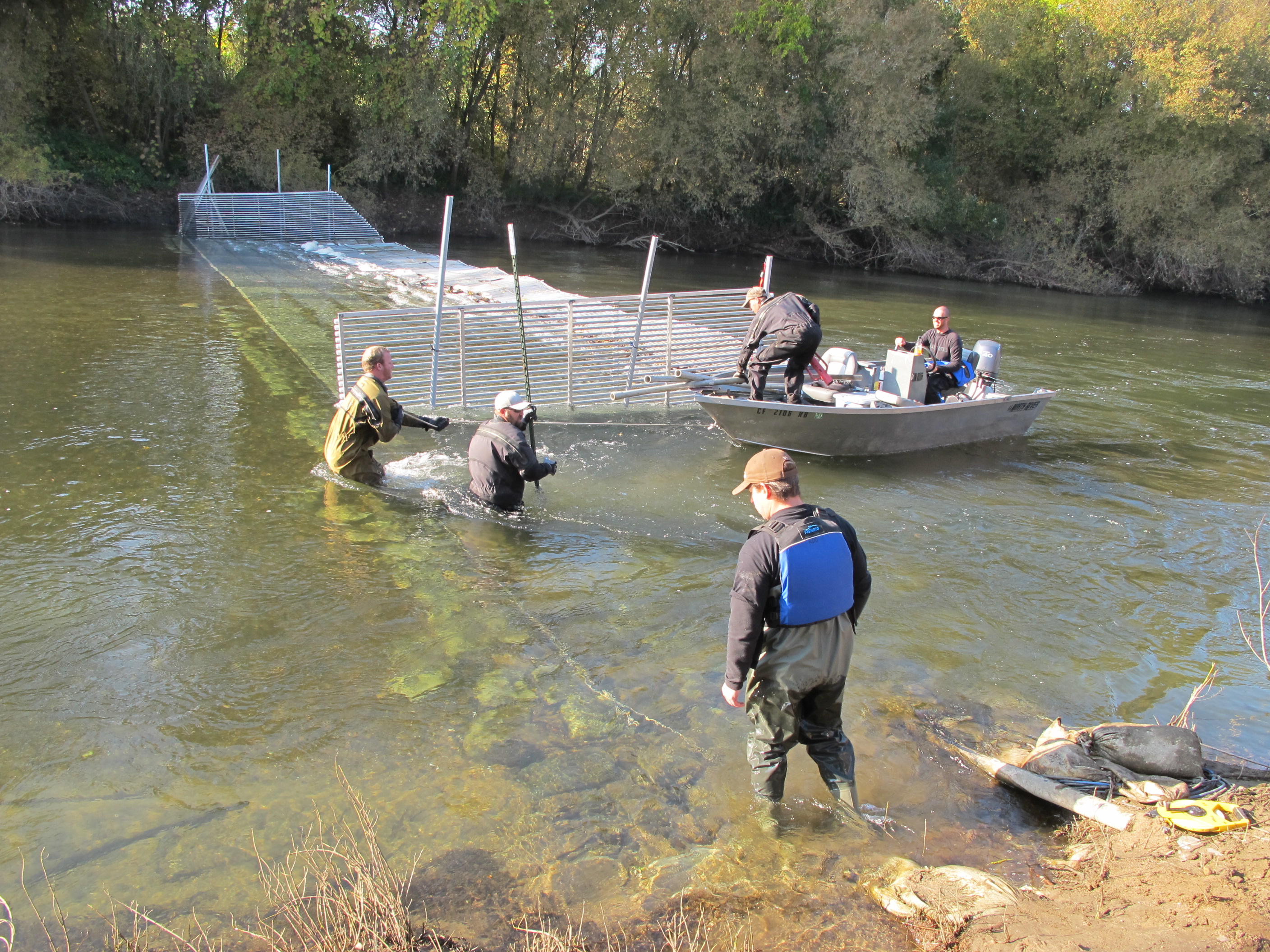 (Figure 1; Table 1). Daily passage during this sampling period ranged from 17 to 56 Chinook (Figure 2). (Figure 1; Table 1). Daily passage during this sampling period ranged from 17 to 56 Chinook (Figure 2).
Instantaneous water temperature measured at the weir ranged between 48.0˚F and 54.3˚F, and daily average water temperature at Ripon (RPN; RM 15) ranged between 52.3˚F and 55.5˚F (Figure 3). Instantaneous turbidity ranged between 0.12 NTU and 1.21 NTU (Figure 4). Instantaneous dissolved oxygen at the weir ranged between 10.77 mg/L and 11.85 mg/L, and daily average dissolved oxygen at Ripon (RPN; RM 15) ranged from 8.87 mg/L to 9.78 mg/L (Figure 5).
Daily average flows in the Stanislaus River at Goodwin Dam (GDW; RM 58) decreased from 1,912 cfs to 501 cfs. Flows at Ripon (RIP; RM 15) decreased from 2,090 cfs to 623 cfs. Note: flows downstream of Goodwin Dam may differ from dam releases due to irrigation, precipitation and other factors.
Table 1. Annual fall-run Chinook passage at the Stanislaus River weir prior to November 13, 2003-2011.
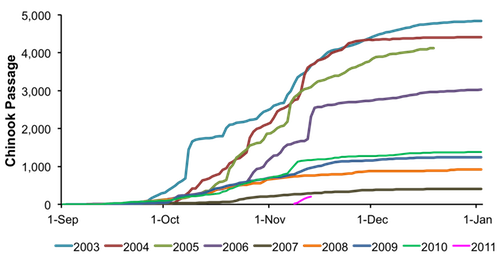 Figure 1. Cumulative passage of fall-run Chinook salmon recorded at the Stanislaus River weir from 2003-2011. Figure 1. Cumulative passage of fall-run Chinook salmon recorded at the Stanislaus River weir from 2003-2011.Figure 2. Daily upstream Chinook passage at the Stanislaus River weir in relation to daily average flows (cfs) recorded in the Stanislaus River at Goodwin (GDW) and Ripon (RIP), 2011. Figure 3. Daily upstream Chinook passage recorded at the Stanislaus River weir in relation to instantaneous water temperature recorded at the weir, and daily average water temperature recorded in the Stanislaus River at Ripon (RPN), and in the San Joaquin River at Vernalis (VER), Mossdale (MSD) and Rough & Ready (RRI) in 2011. Figure 4. Daily upstream Chinook passage at the Stanislaus River weir in relation to instantaneous turbidity recorded at the weir in 2011. Figure 5. Daily upstream Chinook passage at the Stanislaus River weir in relation to instantaneous dissolved oxygen recorded at the weir, and daily average dissolved oxygen recorded in the Stanislaus River at Ripon (RPN), and in the San Joaquin River at Mossdale (MSD) and Rough & Ready (RRI) in 2011.
|
2011 Tuolumne River Weir Adult Migration Monitoring
Between October 31 and November 13 a total of 764 Chinook salmon were detected by the Vaki Riverwatcher as they passed upstream of the Tuolumne River weir, 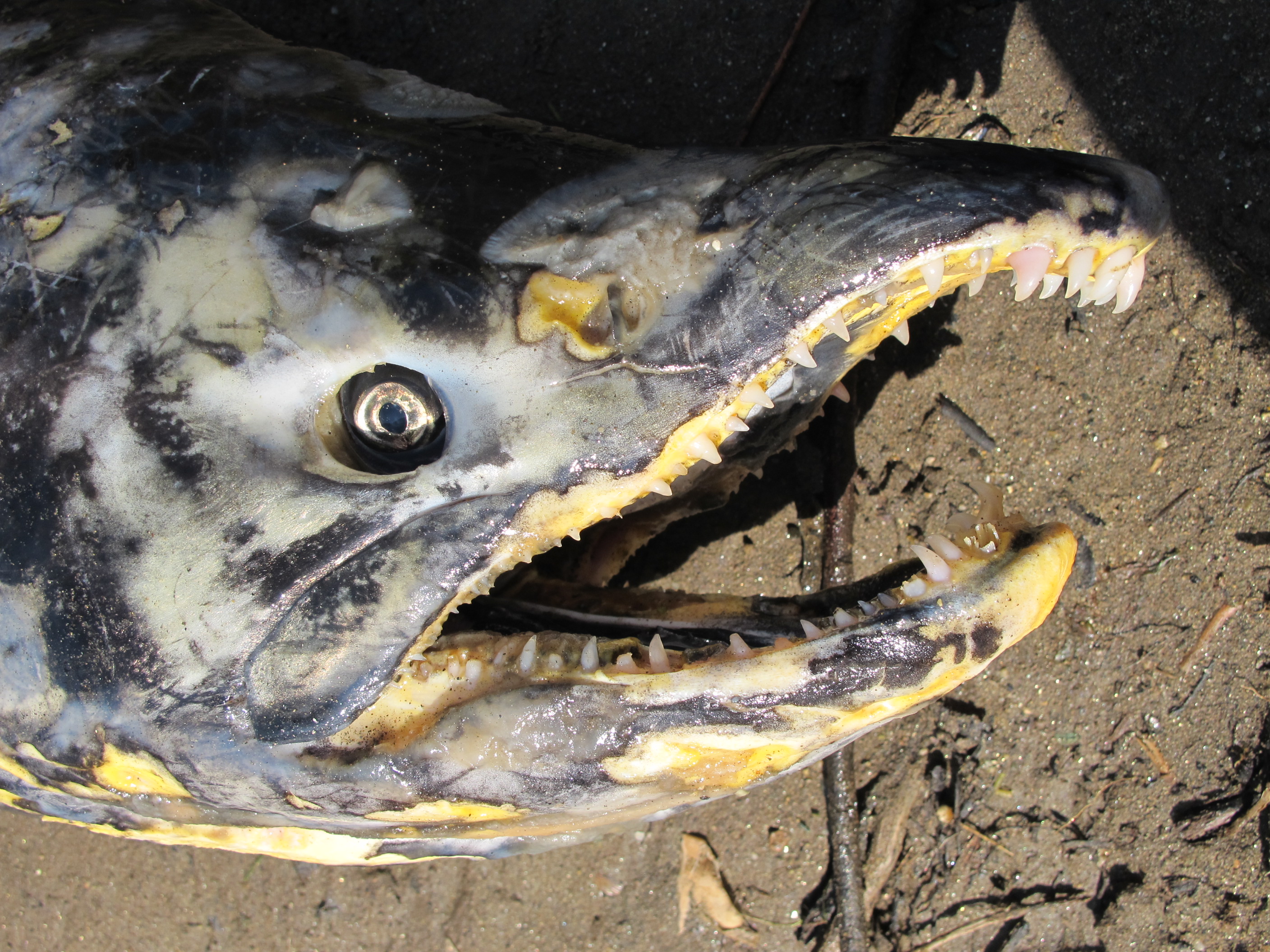 increasing the season total to 1,884 (Figure 6; Table 2). Daily passage ranged between 29 and 112 Chinook (Figure 7). increasing the season total to 1,884 (Figure 6; Table 2). Daily passage ranged between 29 and 112 Chinook (Figure 7).
Daily average flow in the Tuolumne River ranged from 341 cfs to 357 cfs at La Grange (LGN; RM 50) and from 467 cfs to 656 cfs at Modesto (MOD; RM 17; Figure 4). Note: flows downstream of La Grange may be higher than dam releases due to accretion and Dry Creek inflow.
Instantaneous water temperature measured at the weir ranged between 51.0˚F and 58.6˚F and daily average water temperature at Modesto ranged between 52.2˚F and 58.8˚F (Figure 8). Instantaneous turbidity ranged between 0.20 NTU and 1.14 NTU (Figure 9), and instantaneous dissolved oxygen ranged between 10.18 mg/L and 11.57 mg/L (Figure 10).
Table 2. Annual fall-run Chinook passage at the Tuolumne River weir prior to November 13, 2009 - 2011.
Figure 6. Fall-Run Chinook salmon cumulative passage recorded at the Tuolumne River weir in 2009 - 2011.
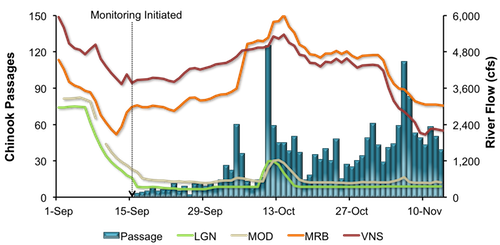
Figure 7. Daily upstream Chinook passage at the Tuolumne River Weir in relation to daily average flows (cfs) recorded in the Tuolumne River at La Grange (LGN) and Modesto (MOD), and in the San Joaquin River at Maze Road Bridge (MRB) and Vernalis (VNS) in 2011.
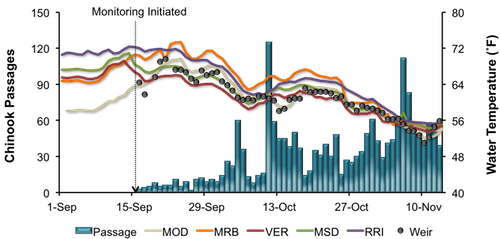
Figure 8. Daily upstream Chinook passage at the Tuolumne River Weir in relation to instantaneous water temperature recorded at the weir, and daily average water temperature recorded in the Tuolumne River at Modesto (MOD) and in the San Joaquin River at Maze Road Bridge (MRB), Vernalis (VER), Mossdale (MSD) and Rough & Ready (RRI) in 2011.
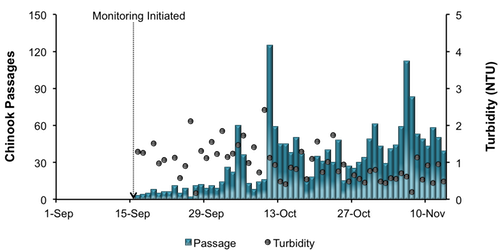
Figure 9. Daily upstream Chinook passage at the Tuolumne River Weir in relation to instantaneous turbidity recorded at the weir in 2011.
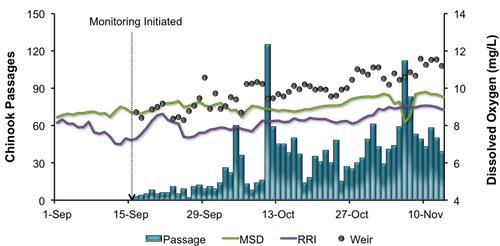
Figure 10. Daily upstream Chinook passage at the Tuolumne River Weir in relation to instantaneous dissolved oxygen recorded at the weir, and daily average dissolved oxygen recorded in the San Joaquin River at Mossdale (MSD) and Rough & Ready (RRI) in 2011.
|
Mokelumne River Woodbridge Dam Fish Ladder Monitoring Fall-run Chinook salmon returning to the Mokelumne River are counted annually by East Bay Municipal Utility District (EBMUD) as they ascend the fish ladder at Woodbridge Dam. During the reporting period 3,910 Chinook salmon were observed passing upstream of the dam, increasing the season total to 16,668 (Figure 11). Daily passage ranged between 92 and 913 Chinook. Daily average flow in the Mokelumne River decreased from 1,598 cfs to 540 cfs at Camanche Reservoir (CMN) during the reporting period. 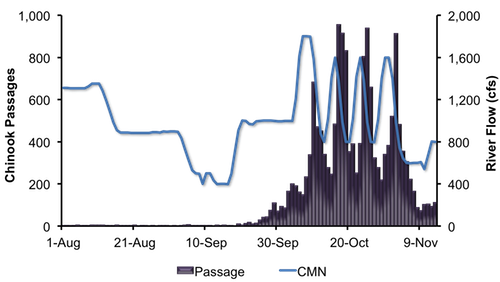
Figure 11. Daily upstream Chinook passage recorded at the Woodbridge Dam fish ladder in relation to daily average flows (cfs) recorded in the Mokelumne River at Camanche Reservoir (CMN), 2011.
|
San Joaquin Basin Escapement Surveys Annual carcass surveys conducted by CDFG continued through the week of November 7. The largest number of live fish was observed on the Stanislaus River, with a peak live count thus far of 555 Chinook. Peak live counts on the Merced and Tuolumne rivers were 150 and 400, respectively.
A total of 186 redds were observed on the Merced River, 85 on the Tuolumne River, and 329 were recorded on the Stanislaus River. A peak in the number of redds observed for the fall-run season typically occurs in mid- to late-November.
A total of 34 females have been spawned at the Merced River Fish Facility (MRFF) as of November 13.
|
2011 Calaveras River Juvenile Migration Monitoring
The Calaveras River rotary screw trap at Shelton Road (RM 28) monitored continuously between October 31 and November 13. A total of seven O. mykiss were  captured during the reporting period increasing the season total to fifteen. Daily catches ranged from zero to two individuals (Figure 12), and all O. mykiss captured were Age 1+ (100-299 mm) and were rated as parr (n=2) and silvery parr (n=3). Average forklengths and weights of O. mykiss are provided in Table 3. captured during the reporting period increasing the season total to fifteen. Daily catches ranged from zero to two individuals (Figure 12), and all O. mykiss captured were Age 1+ (100-299 mm) and were rated as parr (n=2) and silvery parr (n=3). Average forklengths and weights of O. mykiss are provided in Table 3.
No Chinook salmon were captured during this reporting period.
Instantaneous temperature recorded at the trap ranged from 49.2ºF to 55.5ºF, and turbidity ranged from 0.20 NTU to 1.26 NTU. During the reporting period, daily average combined flow from New Hogan Dam (NHG) and Cosgrove Creek (COS) pulsed from 47 cfs up to 387 cfs, and at Bellota (MRS) flow fluctuated between 23 cfs and 526 cfs.
Table 3. Biosampling data for O. mykiss captured at Shelton Road between October 31 and November 13, 2011. Parenthesis indicates range.

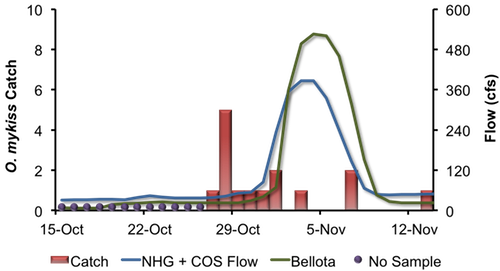
Figure 12. Daily O. mykiss catch at Shelton Road, and Calaveras River flow recorded by New Hogan Dam (NHG) and Cosgrove Creek (COS) combined and flow recorded at Bellota (MRS), in 2011.
|
2011 Stanislaus River Juvenile Migration Monitoring
The Stanislaus River rotary screw trap at Oakdale (RM 40) operated continuously between October 31 and November 13. A total of three Chinook salmon were captured 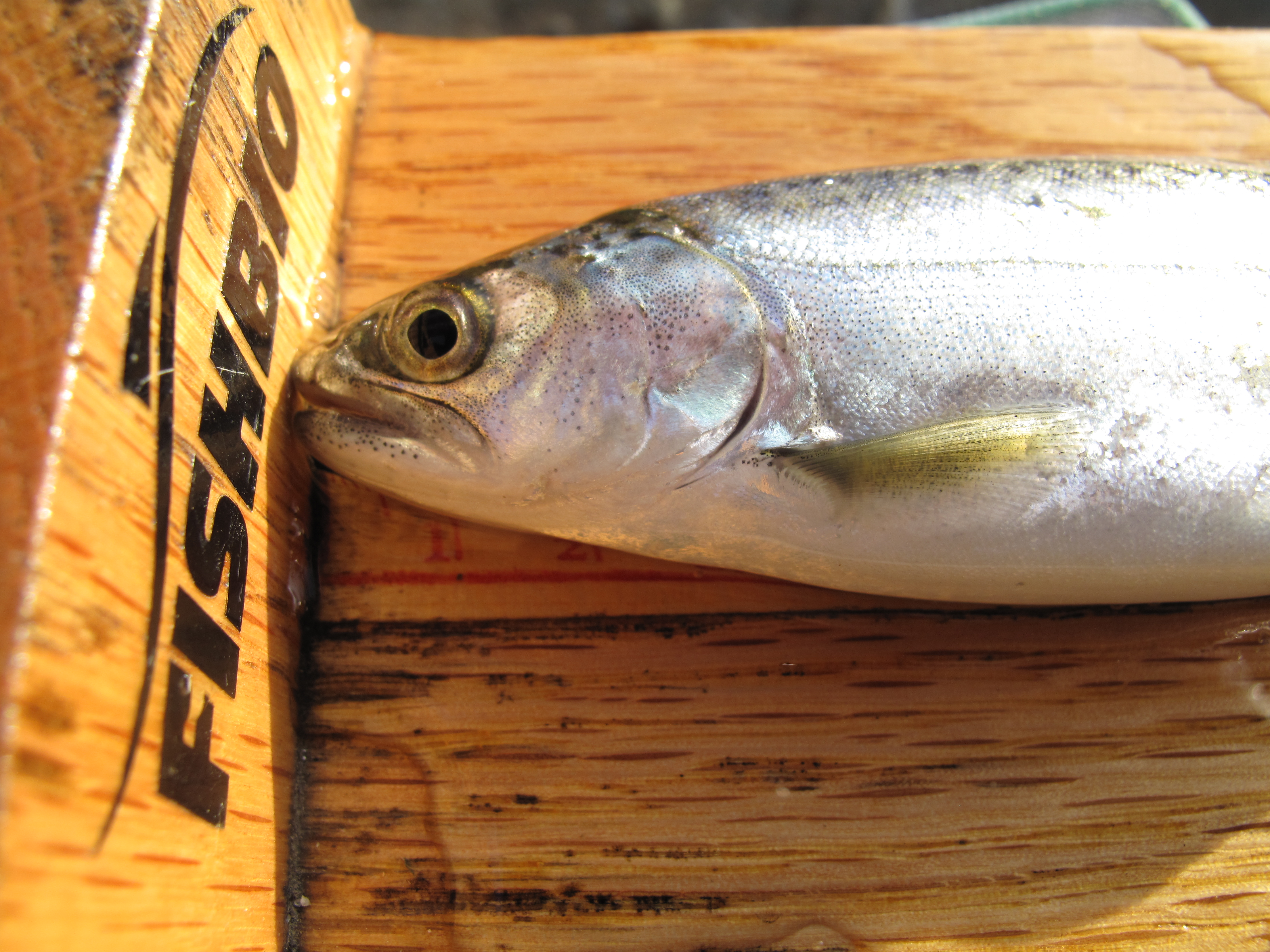 during the reporting period. All Chinook that were captured were greater than 150 mm and rated as smolts. A variety of other fish species were captured, including Sacramento sucker (n=14), bluegill (n=4), and prickly sculpin (n=3) (Table 4). during the reporting period. All Chinook that were captured were greater than 150 mm and rated as smolts. A variety of other fish species were captured, including Sacramento sucker (n=14), bluegill (n=4), and prickly sculpin (n=3) (Table 4).
One O. mykiss was captured during the reporting period increasing the season total to two.
Instantaneous temperature taken at the trap ranged from 48.5ºF to 54.3ºF, and turbidity ranged from 0.17 NTU to 1.36 NTU. Daily average flow at Goodwin Dam (GDW) decreased from 1,912 cfs to 501 cfs, and from 2,090 cfs to 623 cfs flows at Ripon (RIP) (Figure 13).
Table 4. Biosampling data for all species captured and measured at Oakdale between October 31 and November 13, 2011.
|
San Joaquin River Conditions
During the reporting period, flow in the San Joaquin River at Vernalis decreased from 4,379 cfs to 2,066 cfs (Figure 14). Water temperature in the San Joaquin River decreased from 57.9°F to 53.4°F at Vernalis, from 59.0°F to 54.2°F at Mossdale, and from 60.7°F to 55.2°F at Rough 'n Ready Island (Figure 15). Average daily dissolved oxygen (DO) in the San Joaquin River fluctuated from 8.2 mg/L to 9.8 mg/L at Mossdale, and from 8.6 mg/L to 9.1 mg/L in the deep-water ship channel (measured at Rough 'n Ready Island; Figure 16).
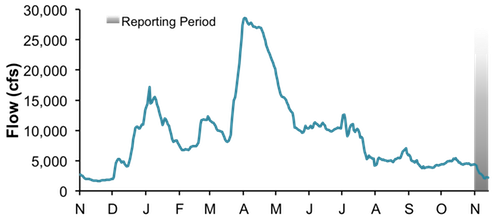
Figure 14. San Joaquin River flow at Vernalis from November 1, 2010, through November 13, 2011.
Figure 15. San Joaquin River daily average water temperature at Vernalis, Mossdale, and Rough 'n Ready from November 1, 2010, through November 13, 2011.
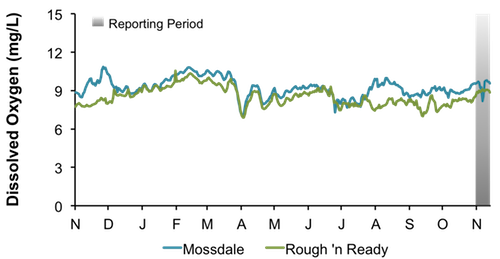
Figure 16. San Joaquin River daily average dissolved oxygen at Mossdale and Rough 'n Ready, from November 1, 2010, through November 13, 2011.
|
|
Delta Exports
Mean daily pumping at the C.W. Jones Pumping Plant (federal pumps previously known as Tracy Pumping Plant) ranged from 1,994 cfs to 4,259 cfs (Figure 17). Mean daily pumping at the Harvey O. Banks Pumping Plant (state pumps) ranged from 3,727 cfs to 6,724 cfs. Combined total exports (state and federal pumps) during this period ranged from 7,840 cfs to 10,765 cfs.

Figure 17. Daily exports at the state and federal pumping stations from November 1, 2010, through November 13, 2011.
|
|
|
|
|
|
|